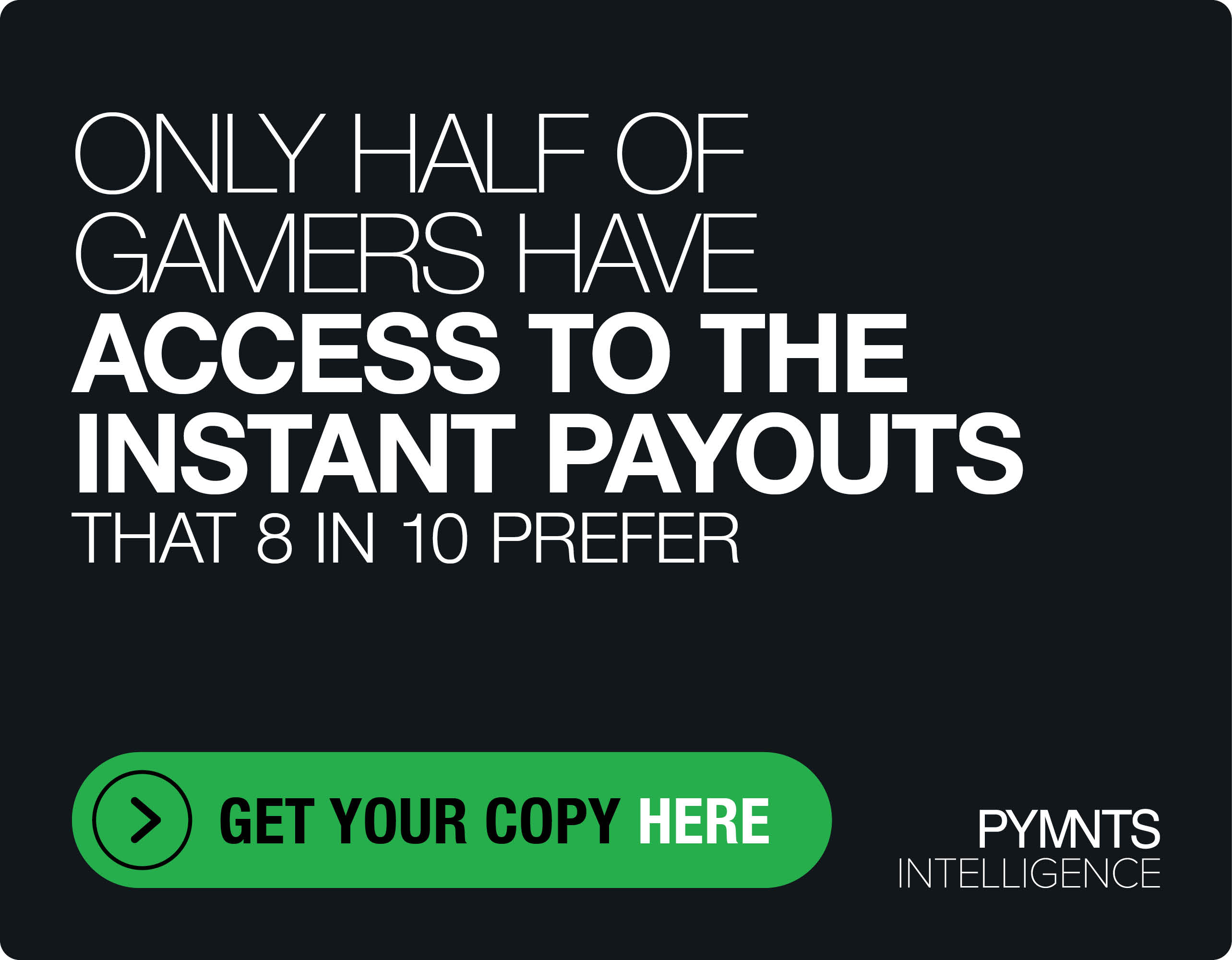Modern Healthcare Marketplaces Use Data and Digital to Match Provider and Patient Demand
The healthcare industry is a massive, fragmented and — above all — necessary force in American life.
Complicating matters is that there’s a growing shortage of clinicians in the United States.
“There has been a widening gap between the demand for healthcare services and the supply of clinicians to deliver that care,” Alexi Nazem, co-founder and CEO at Nomad Health, tells PYMNTS for the “Matchmakers” series.
“There are many causes of this, but it primarily boils down to demographics. We have an aging population in the United States, and people who are over 65 consume three times as much healthcare as people under the age of 65. People over the age of 75 consume four times as much healthcare,” Nazem said.
The care delivery shortage crisis has only intensified over the years, with the need for skilled employees growing substantially. The COVID-19 pandemic further accelerated this tension.
“Meanwhile, on the supply side, there aren’t enough nurses and doctors and other healthcare professionals to deliver all of that increased need of care,” Nazem said.
“They are also subject to demographics. A huge portion are expected to retire within the next couple of years, about 20%. There’s an increasing burnout crisis. So, the need for this contingent labor services to help cover gaps has grown substantially,” he added.
To help meet this growing need, the traditional offline model of people-powered recruiting agencies has given way to a more efficient and scalable online marketplace approach.
Navigating the Healthcare Staffing Crisis
In an industry historically characterized by information asymmetry, Nazem emphasized the importance of aggregating data about clinicians, their qualifications, availability and job preferences, as well as details about job opportunities, pay packages and facility requirements.
This wealth of information helps informs the creation of truly transparent marketplaces, revolutionizing the way clinicians connect with job opportunities.
“There’s a lot of smart operators, and more and more smart money in the space,” Nazem said.
Transitioning from traditional telephone-based recruiting to a self-service online experience, today’s platforms, like Nomad Health, align with the expectations of users accustomed to seamless online interactions in various aspects of their lives, he added, noting that “when you combine self-service, technology driven processes and transparency and data, you’re actually able to create a really scaled marketplace,” enabling clinicians and employers to find each other more effectively.
And as with digitally driven businesses, competitive edges lie in the amount of quality proprietary data organizations have at their disposal.
“If you’ve played your cards right and set things up properly, you’re also collecting a tremendous amount of very useful data,” Nazem said.
The continuous accumulation of data enhances algorithms, contributing to competitive advantages and driving differentiation by using data science to drive better matches, build improved features and enhance overall efficiency.
“As the algorithms get smarter, the competitive separation increases,” Nazem said.
The Role of Generative AI in Healthcare’s Future
The rapid evolution of the healthcare industry poses both exciting opportunities and significant challenges. The volatile nature of the market, characterized by both massive growth and contraction, demands continuous adaptation.
Within this context, the integration of generative artificial intelligence (AI), specifically large language models (LLMs), has been a game changer for organizations operating within the healthcare space.
“Why people come to a marketplace is to transact… much of our journey, both from a self-service and automation standpoint, and from a data collection and optimization standpoint, has been about serving that goal. And so being able to better identify the functional matches, who is going to be a great person to fill this job? What is a great job for this person? Who is more likely to take this job? Who is more likely to get an offer for this job?” Nazem said.
“We’ve built a very flexible modular modern technology platform. And what that has allowed us to do is to be ready to engage with the newest cutting-edge technology and take advantage of those things,” he added.
Removing obstacles between providers and patients remains a driving force, and Nazem said that because Nomad Health has been able to collect “a lot of really high-quality data,” when LLMs are commercialized, his platform is ready take advantage of them.
“We have a number of [AI] products in production,” he added.
And as the healthcare industry continues to undergo significant transformations, the future of healthcare staffing is poised to shaped by those who tap technology, data and a user-centric approach.

